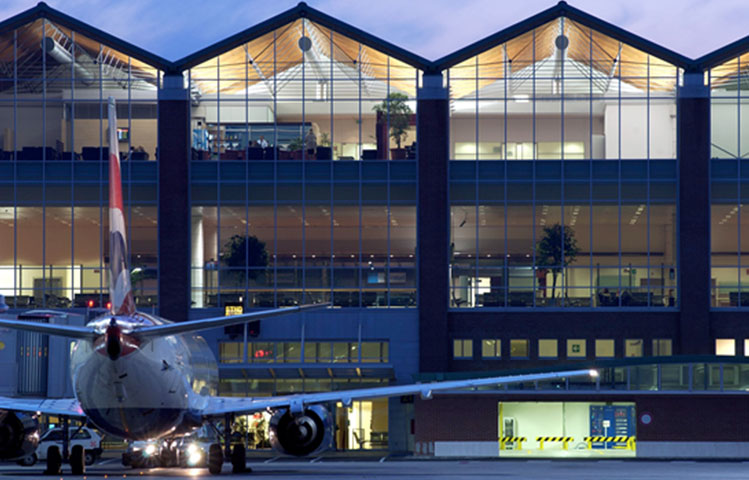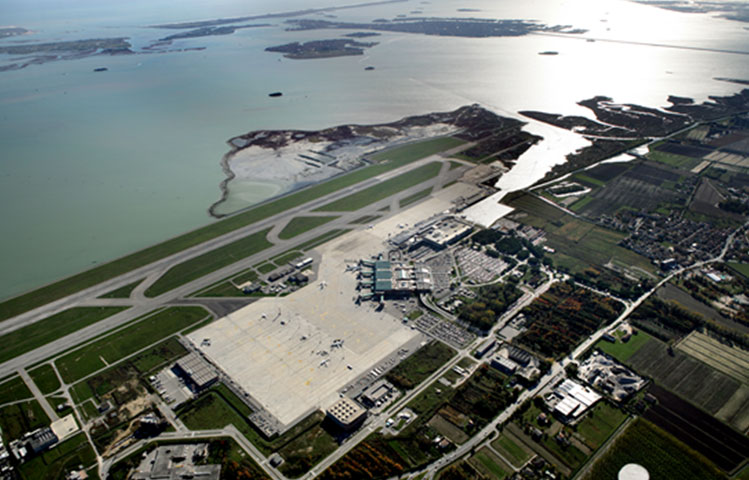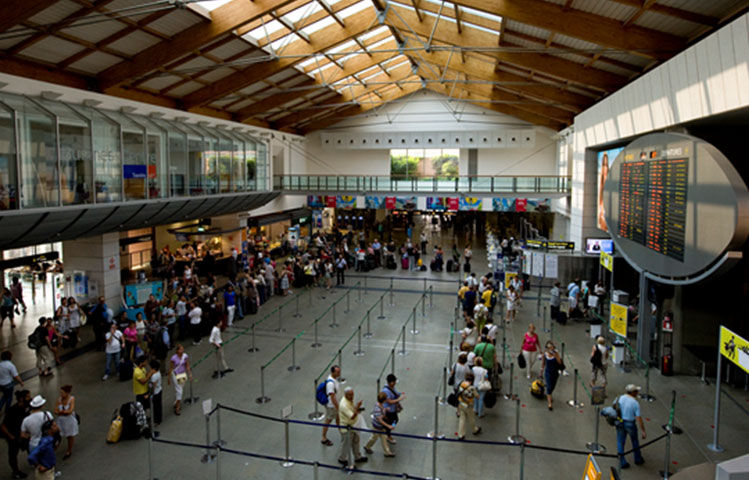
Set into an ecosystem unlike any other in the world, Venice Marco Polo is an airport with a unique approach to its environmental sustainability. The gateway’s strategy centres around the coexistence of the delicate environmental system and modern air transport technology and, just 10km from Venice’s city centre and located on the shoreline of the marshy Venetian Lagoon, the airport, its operations – and the ongoing development of its infrastructure – have consideration for the environment at the heart. “We are in what must be one of the most amazing environments in the world, and so we embrace our environmental commitment – we constantly to try to push our limits in controlling and managing an airport development,” Davide Bassano, Environment Health Development Director, Venice Marco Polo and Treviso airports, said. “We don’t consider it to be a choice – it is something that we have to do because we are in this special place.”

Since the airport began its participation in ACI Airport Carbon Accreditation in 2012, it has made significant changes to its infrastructure, designed to cut carbon emissions in its operation. This has involved upgrading the cooling plant, replacing lighting with more efficient LED systems, implementing sensor-controls to optimise the illumination of the terminal building and the parking facilities,
The airport has recently marked a new milestone in its environmental sustainability, having attained Level 3+ Neutrality certification in ACI Airport Carbon Accreditation. The classification – the most advanced in the programme – recognises the airport’s efforts to offset its carbon emissions and achieve carbon neutral operations for all emissions over which it has control. After gaining Level 2, Reduction, in 2012, Venice Marco Polo Airport’s improvement in managing its emissions took place at such a rate that its Level 3+ certification was attained much more rapidly than expected. “In the years of working within the programme we have developed very specific activities, which have involved all of the airport staff – everyone in the company who works within the airport,” Bassano commented. “The whole airport staff now makes a contribution to reducing CO2 emissions within Venice Airport – something that is so important in surroundings that are so special.”

Minimising its impact upon its surrounding area is a key priority for Venice Marco Polo Airport and, because of its unique setting on the Venetian Lagoon, among the most important aspects of its strategy for sustainability is the conscientious usage and recycling of water.
In the three years in which it has been participating in the programme the airport has made significant changes to its infrastructure, designed to cut carbon emissions in the airport’s operation. This has involved upgrading the cooling plant, replacing lighting with more efficient LED systems, implementing sensor-controls to optimise the illumination of the terminal building and the parking facilities, and modernising the electrical equipment powering the luggage belts. The airport is now continuing to work towards its ultimate goal – to cut its CO2 emissions further by reducing CO2 kilogram per passenger by 20% by 2020.
Minimising its impact upon its surrounding area meanwhile is a key priority for the airport, and among the most important aspects of its strategy for sustainability is the conscientious usage and recycling of water. The airport’s water treatment plant, for example, delivers water directly back to the lagoon which means that, because of the fragile ecological balance, its treated output must contain even less pollutants than potable water.

Venice Marco Polo Airport is now continuing to work towards its ultimate goal – to cut its CO2 emissions further by reducing CO2 kilogram per passenger by 20% by 2020.
Venice Marco Polo Airport is currently in the midst of an airport-wide development programme, which by its completion in 2020 will have seen around €500 million invested in the expansion and renovation of its facilities. The next phase of the development, Bassano explained, will take place over the next three to four years with the design stage now complete and the realisation stage beginning, and intrinsic to the plans are infrastructural upgrades that will enhance environmental efficiency. “By having everyone in the airport involved in this process we have quite deeply established in the consciousness of the airport consideration for the future. The challenge of making the airport integrated, and reducing the impact of the airport’s functionality on the environment – it is a challenge that we cannot avoid,” he said. “A challenge that we must face and manage.”







